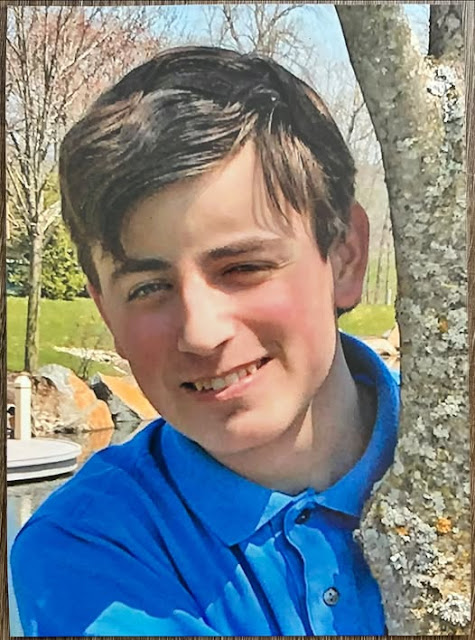CULIACÁN, Mexico (May 16, 1992) – Rosalino “Chalino” Sánchez Félix, known as the “King of Corridos,” was found murdered on the morning of May 16, 1992, after receiving a threatening note during his final concert in Culiacán, Sinaloa. His death—two solitary gunshot wounds to the back of the head—transformed him into a symbol of artistic grit and the volatile intersection of music, violence, and myth in regional Mexican culture.
From Backwoods to Border Recordings
Born August 30, 1960, in the rural town of Rancho El Guayabo near Culiacán, Chalino was the youngest of eight siblings. Orphaned of his father at age 6, he grew up in poverty. As a teenager, he fled to Tijuana after avenging his sister’s rape, an act that would later shape the raw narrative of his corridos .
By the mid-1980s, as his brother Armando’s murder in Tijuana propelled him further into songwriting, Chalino began composing corridos in prison—story-songs that brought to life personal tragedy, cartel violence, and frontier hardship. He later crossed into the United States, living in Inglewood, California, taking menial jobs while selling home-recorded cassettes—a humble start that would fuel an authentic persona quickly embraced by fans.
Onstage at Coachella
Chalino’s growing popularity attracted attention—and danger. On January 25, 1992, during a concert in Coachella, California, an armed fan opened fire at the stage. Chalino returned fire, killing a bystander in self-defense. The event made headlines and stirred both admiration and controversy among his audience.
Despite the violent confrontation, Chalino survived and carried on. But just four months later, he would face a more sinister fate.
The Final Performance
On May 15, 1992, Chalino returned to Sinaloa’s capital, performing at Salón Bugambilias. Video later surfaced of him pausing mid-song on “Alma Enamorada” to read a note handed by an audience member. His face turned pale before he crumpled the paper and continued singing—a moment etched into corrido lore. It was widely believed the note was a threat.
After the show, Chalino left with family and friends in a Chevrolet Suburban. That night, men posing as state police intercepted them, claiming their commander wanted to see him. Chalino agreed to enter one of their vehicles . The following morning, his bound and blindfolded body was discovered beside Highway 15 near Los Laureles, with two bullet wounds in the head .
Murder, Myth, and Mistrust
Despite numerous theories—ranging from cartel retaliation to unresolved personal vendettas—Chalino’s murder remains officially unsolved . His public execution cemented his place in legend: a man who embodied both the rough edges and poetic depth of the corrido.
The incident only amplified his posthumous influence. His discography, recorded on modest casettes and later by formal labels, would be reissued on vinyl, featured in documentaries, podcasts (“Ídolo: The Ballad of Chalino Sánchez”) and a forthcoming biopic starring David Castañeda . Artists like Peso Pluma credit him as a foundational influence on new regional Mexican music .
An Authentic Voice
Chalino sang in a voice he described as “barking”—imperfect, untrained, yet deeply sincere. His lyrics eschewed sanitized romantic themes in favor of gritty realism that connected with working-class and immigrant audiences across Mexico and the United States .
That authenticity resonated. Songs like “Alma Enamorada,” “Nieves de Enero,” and “Armando Sánchez” became staples of the genre—his wounded-loner lamentations carried the scars of real life and death .
Legacy and Reflection
More than three decades after his death, Chalino Sánchez continues to influence Mexican culture, serving as both muse and symbol. His life—a fusion of violence, loyalty, downfall, and artistry—endures in the soundtracks of border towns and the playlists of global audiences. New generations experience his story through renewed vinyl releases, music documentaries, and streaming platforms .
Final Thoughts
Chalino Sánchez was not just a performer; he was a chronicler of survival. His brutal end—carried out under a moonlit threat—sealed his status as legend. He remains a touchstone for discussions about art, power, and mortality in Mexico’s bandit ballad tradition.
His unfinished business echoes in every corrido sung in his honor.





